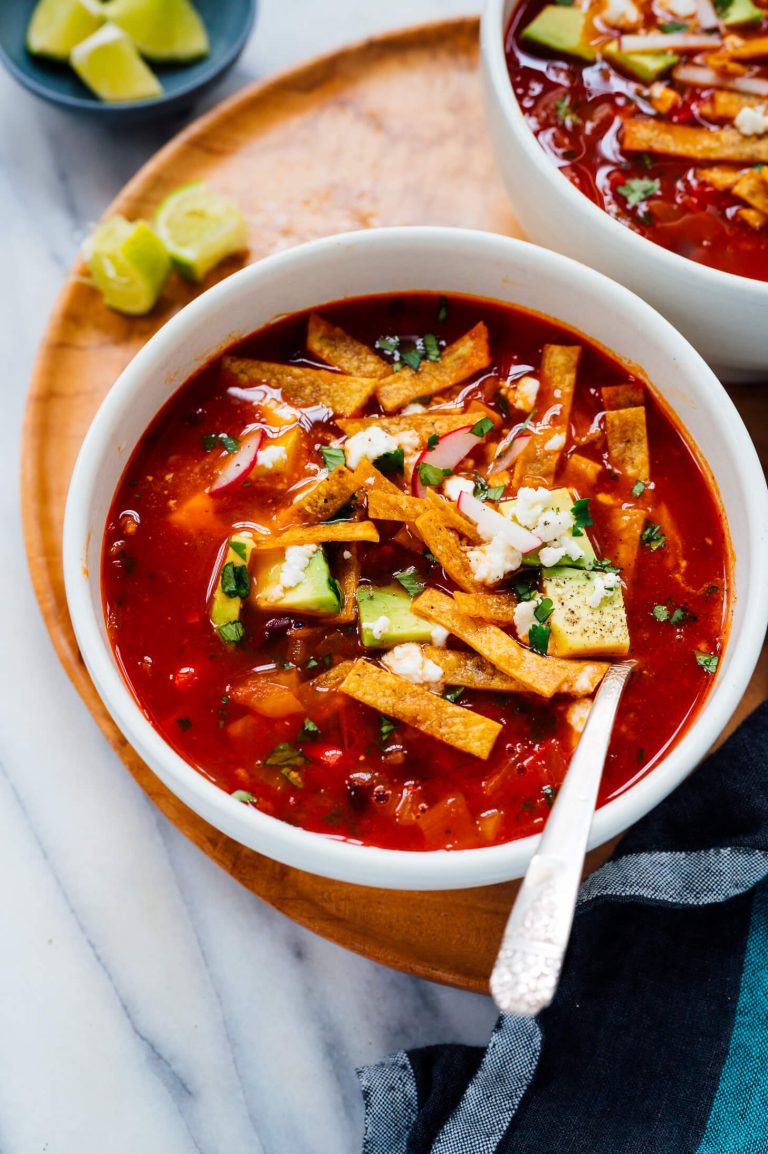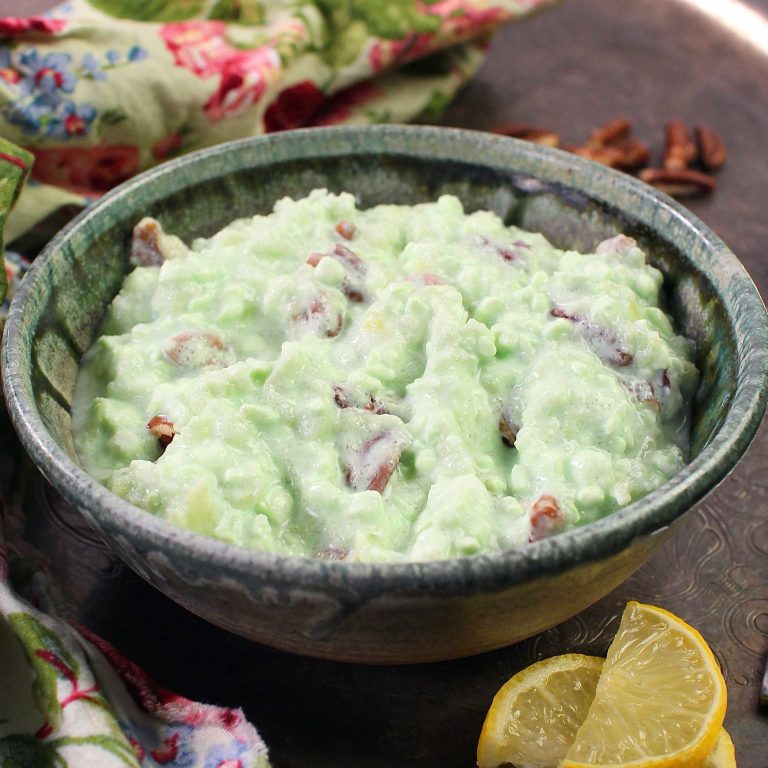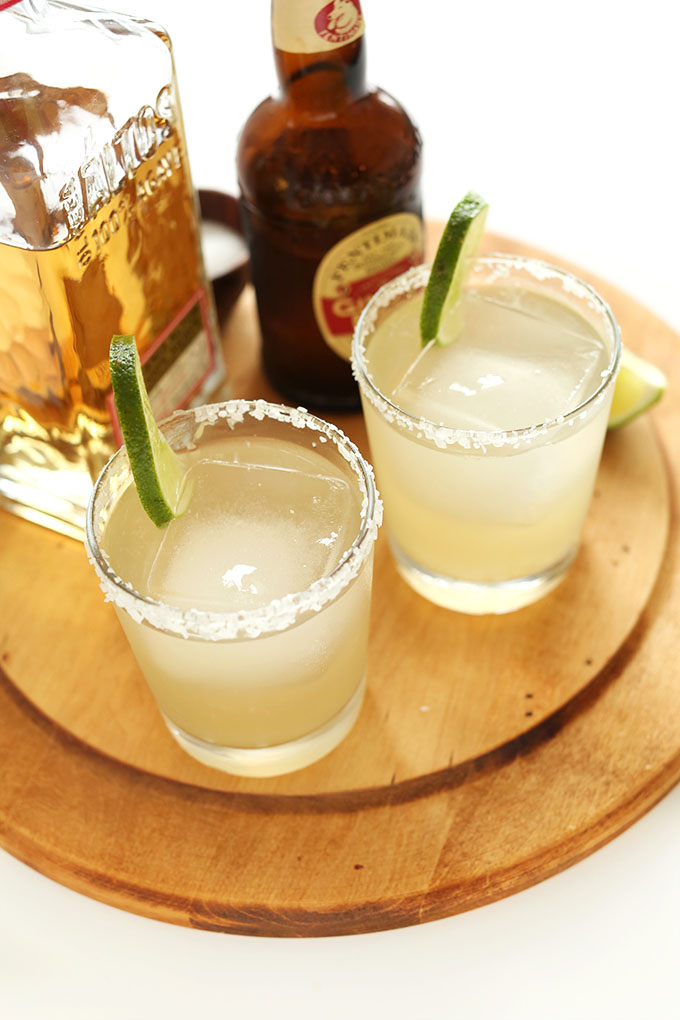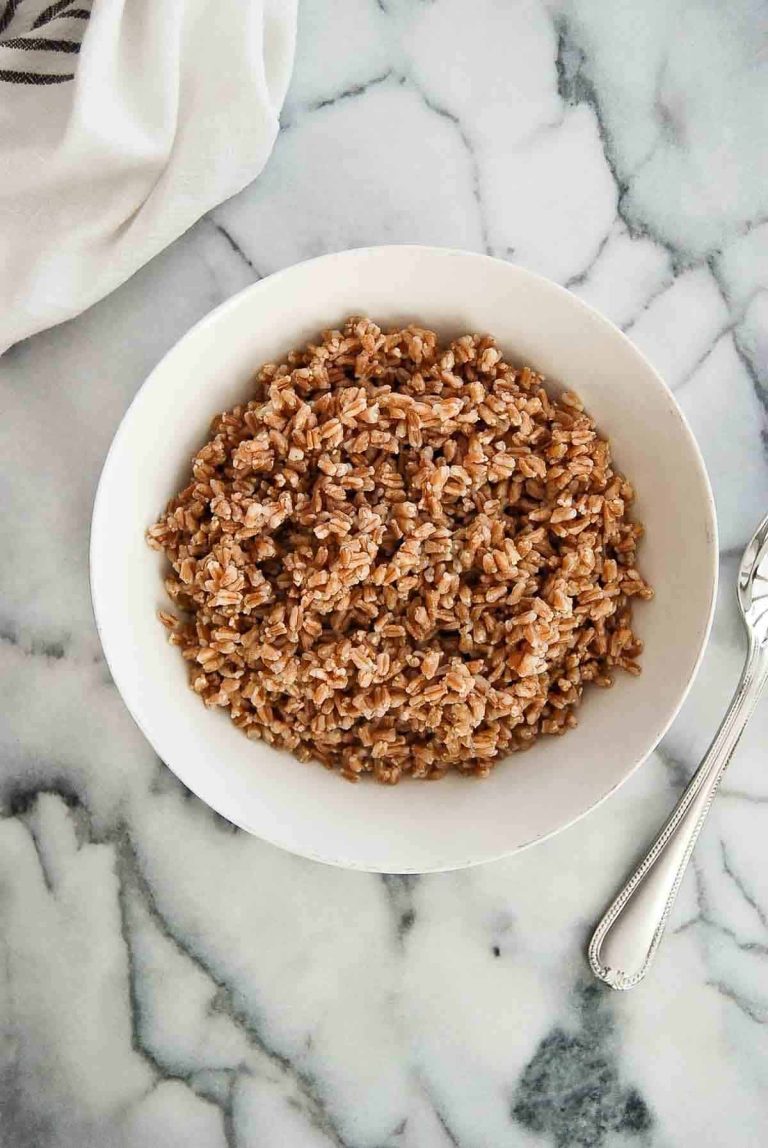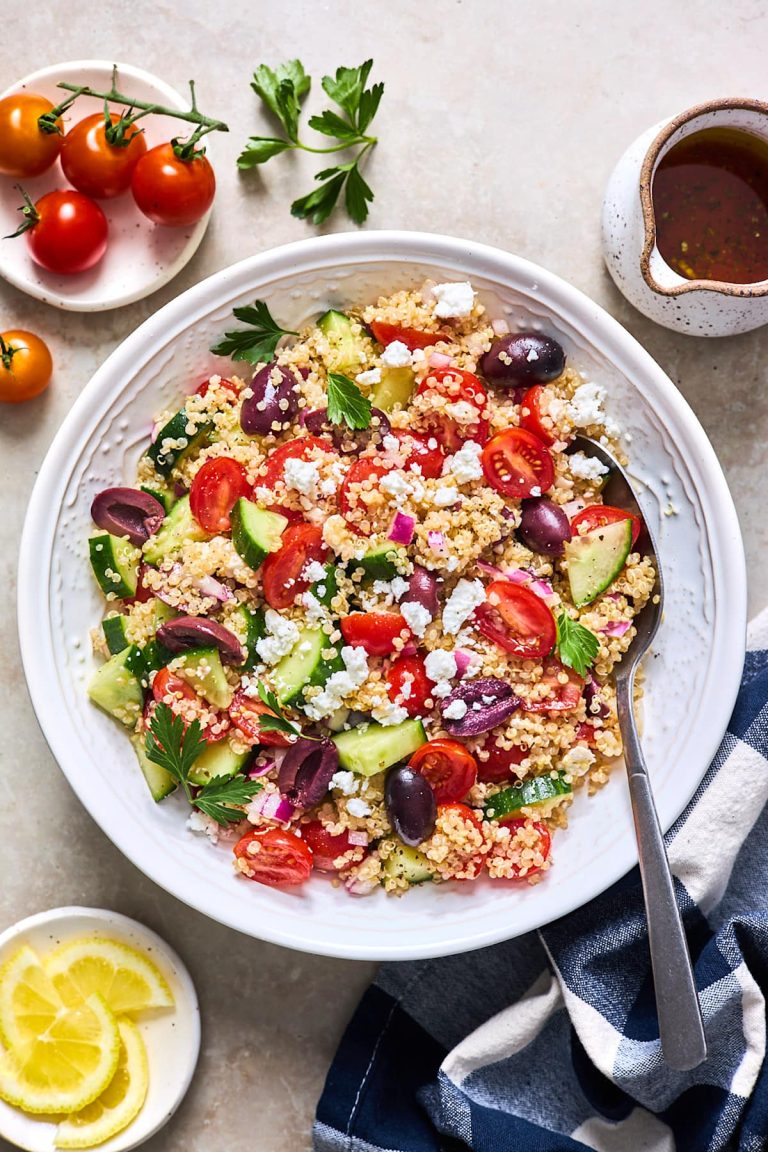Hibachi Style Fried Rice: Ingredients, Techniques, and Perfect Pairings
Hibachi-style cooking has its roots in ancient Japan, originating over 200 years ago. The word “hibachi” refers to a “fire bowl” in Japanese, specifically a device made of a heatproof container that holds burning charcoal. Initially, it served as a practical heat source during colder months.
In the mid-20th century, hibachi gained popularity in North America when Japanese restaurants introduced teppanyaki-style dining. Unlike the traditional hibachi, which used charcoal, teppanyaki features a flat iron griddle powered by gas or electricity. Although the terms are often used interchangeably in the US, teppanyaki’s modern interpretation became synonymous with hibachi-style meals outside Japan.
The interactive and theatrical elements distinguish hibachi-style cooking. Skilled chefs perform impressive tricks while preparing food, captivating diners. These performances include knife juggling, shrimp tossing, and creating flaming onion volcanoes. This engaging style turned dining into an entertaining experience, making hibachi a popular choice for special occasions and celebrations.
Ingredients core to hibachi, such as rice, vegetables, and protein (chicken, beef, shrimp), highlight Japanese culinary principles of freshness and simplicity. Soy sauce, sesame oil, and butter are key flavor components. With its focus on fresh ingredients and minimal seasoning, hibachi cuisine exemplifies umami, the fifth taste, which enhances savory notes.
The rise of hibachi-style restaurants in the US paralleled the growing interest in global cuisines during the post-World War II era. Americans appreciated the novelty and unique culinary artistry involved. These establishments helped broaden the American palate, introducing Japanese food traditions in a highly accessible format.
Today, hibachi-style fried rice continues to be a beloved element of this cooking method, with home cooks eager to replicate the flavors and experience in their kitchens. The history of hibachi-style cooking showcases its evolution from a practical heating method to a dynamic dining experience appreciated worldwide.
Essential Ingredients for Hibachi Style Fried Rice
The Role of Rice
Rice is the foundation of hibachi-style fried rice. Use short-grain or medium-grain white rice for the best texture. Freshly cooked rice is too moist, so use day-old rice to achieve the desired firmness and prevent clumping. Cook the rice properly to make sure it’s not mushy or sticky.
Key Seasonings and Sauces
Key seasonings and sauces elevate the flavors of hibachi-style fried rice. Soy sauce provides a salty, umami base. Use high-quality soy sauce for the best flavor. Sesame oil adds a nutty aroma and depth of flavor. Include a dash of mirin for slight sweetness. Add garlic and ginger for aromatic intensity.
Include vegetables like diced carrots, peas, and onions. These add color and texture. For an extra protein boost, consider adding scrambled eggs or diced chicken, shrimp, or beef.
Use these essential ingredients to capture the authentic taste of restaurant-style hibachi fried rice in your home kitchen.
Cooking Techniques for Perfect Hibachi Style Fried Rice
The Importance of High Heat
High heat is crucial for achieving the distinct texture and flavor of hibachi-style fried rice. A hot surface helps sear the ingredients quickly, locking in flavors and creating the characteristic crispiness. Hibachi chefs use specialized flat-top grills, but you can replicate this effect using a large, heavy-bottomed skillet or wok at home. Preheat the pan until it’s smoking slightly before adding oil. This step ensures that the rice and other ingredients cook rapidly, preventing them from becoming soggy.
Tips for Stir-Frying
Stir-frying involves cooking ingredients quickly over high heat while continuously stirring. This technique is essential for hibachi-style fried rice. First, gather all ingredients and prepare them by cutting vegetables into uniform sizes and dicing proteins. Use long grain or jasmine rice that’s been chilled for several hours to ensure it doesn’t clump or stick.
When you’re ready to cook, add oil (like sesame oil) to the preheated pan. Start with the proteins, then add harder vegetables like carrots and onions. Stir constantly to distribute heat evenly. Next, add the rice, breaking up any clumps with your spatula. Incorporate soy sauce and other seasonings, spreading them across the ingredients. Continue to stir-fry until everything is well-coated, evenly heated, and the rice is slightly crispy.
Employing these methods will help you recreate the authentic hibachi-style fried rice experience at home.
Variations and Add-ins
Protein Choices
Protein choices elevate hibachi-style fried rice. Beef, chicken, shrimp, and tofu are popular protein options. Use thinly sliced beef for a tender texture, or marinate chicken in soy sauce for added flavor. Shrimp cooks quickly, making it an efficient choice. Tofu, especially firm tofu, absorbs flavors well and offers a vegetarian alternative. Consider using a mix of proteins for a more complex dish.
Vegetable Options
Incorporate a variety of vegetables for both flavor and nutrition. Common vegetables include onions, carrots, peas, and zucchini. Onions add sweetness, while carrots contribute crunch. Peas offer a mild sweetness, and zucchini provides a soft texture. For added color and nutrients, include bell peppers, broccoli, and mushrooms. Ensure vegetables are cut uniformly to cook evenly. Adjust the mix based on seasonal availability for the freshest results.
Follow these suggestions to create diverse and flavorful hibachi-style fried rice.
Equipment Needed for Making Hibachi Style Fried Rice at Home
Best Pans and Utensils
A wok or large frying pan ensures even heat distribution. If using a larger wok, you can toss ingredients with ease. A flat spatula, preferably made of metal, aids in stirring and flipping ingredients quickly. Invest in a sturdy wok spatula with a wide edge for scraping the pan surface. Tongs come in handy for handling larger pieces of protein or vegetables. Choose medium-length tongs made of stainless steel for durability. A rice paddle helps portion and scoop rice without sticking. Opt for a non-stick or silicone rice paddle for easy handling.
Serving and Pairing Suggestions
Hibachi-style fried rice is versatile and pairs well with various dishes and beverages. When serving, use a simple bowl to highlight the colorful vegetables and proteins.
Pair with Protein Dishes: Complement hibachi-style fried rice with grilled proteins. Popular options include hibachi steak, teriyaki chicken, and shrimp tempura. These proteins offer different textures and flavors, making meals balanced and enjoyable.
Accompanying Vegetables: Add side dishes like steamed broccoli, sautéed mushrooms, and stir-fried bell peppers. These vegetables enhance the meal’s nutritional value and add vibrant colors, making the dish visually appealing.
Sushi and Sashimi: For a more diverse meal, serve sushi rolls and sashimi alongside your fried rice. California rolls, spicy tuna rolls, and salmon sashimi work well. These elements introduce raw and fresh flavors to contrast the rich taste of fried rice.
Soups and Salads: Serve miso soup or a simple green salad as starters. Miso soup provides a warm and comforting start, while green salad with ginger dressing offers a light and refreshing option. Both choices balance the hearty fried rice.
Condiments and Garnishes: Enhance the dish with condiments. Soy sauce, pickled ginger, and wasabi are classic choices. You can also add a sprinkle of sesame seeds or chopped green onions for extra flavor and presentation.
Beverage Pairings: Match your hibachi-style fried rice with drinks like green tea, sake, or a light beer. These beverages complement the dish’s flavors without overpowering them. For non-alcoholic options, opt for iced tea or sparkling water with a slice of lemon.
Serving Size and Presentation: Serve in moderate portions to avoid overwhelming the palate. Using square or round plates with a splash of soy sauce on the side creates a neat and inviting presentation. Use chopsticks for authenticity and an enjoyable dining experience.
Conclusion
Mastering hibachi-style fried rice at home offers a delightful culinary adventure. By understanding the history and techniques, you can recreate this popular dish with confidence. Pair it with grilled proteins, fresh vegetables, and traditional Japanese beverages to elevate your dining experience.
Remember the importance of presentation and serving size to make your meal truly special. Using chopsticks and thoughtful garnishes will add an authentic touch. Enjoy the flavors and the joy of bringing a bit of hibachi magic to your own kitchen.

